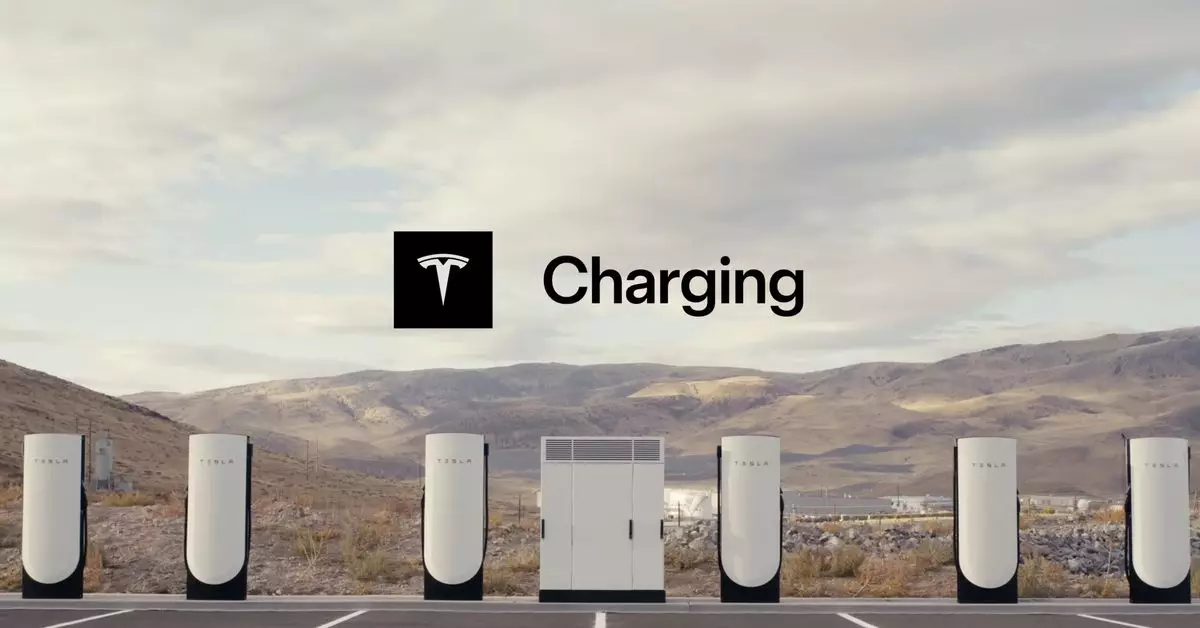Tesla is on the verge of transforming the electric vehicle (EV) charging landscape with its upcoming V4 Supercharger stations, set to debut next year. These advanced charging units will significantly enhance charging capabilities for both EVs and commercial vehicles like the Tesla Semi. With a staggering charging capacity of up to 500 kW for consumer EVs and a groundbreaking 1.2 MW for Tesla’s heavy-duty trucks, the V4 Superchargers herald a new era of efficiency and speed.
The introduction of V4 Supercharger stations is more than just an upgrade; it represents Tesla’s commitment to leading the charge in sustainable transportation. By commencing the permitting process for sites equipped with the new V4 technology, Tesla is preparing to establish a network that will amplify the overall energy infrastructure necessary for a growing fleet of electric vehicles.
In addition to their impressive power capabilities, the V4 Supercharger stalls will boast a suite of new features designed to enhance user experience. Each stall will be outfitted with new physical payment terminals, allowing for a more seamless transaction process. This advancement is particularly beneficial in ensuring that users can easily access the benefits of rapid charging without the hassles traditionally associated with payment methods.
Furthermore, the new longer charging cables will eliminate the common problem of parking concerns. This is an essential improvement, as drivers of various EV models can now plug in conveniently without blocking additional charging spaces. Such design modifications reflect Tesla’s deep understanding of user needs, paving the way for a more accommodating charging environment.
One of the standout features of the V4 Supercharger is its incorporation of CCS connectors. Historically, EV owners often faced the inconvenience of carrying adapters to facilitate connectivity with charging stations. By integrating CCS connectors directly into the V4 cabinets, Tesla eliminates this hassle, inviting a broader range of EV brands into its charging ecosystem. This move not only encourages more drivers to adopt electric vehicles, but it also strengthens Tesla’s position as a provider of accessible charging solutions.
The rollout of V4 Supercharger stations is poised to impact various manufacturers in the EV market, particularly those like Porsche, Hyundai, and Kia. Many of these brands have struggled with slower charging speeds while utilizing existing V3 Supercharger stations, which are limited to a maximum power output of 250 kW. With the enhanced power capabilities of V4, these manufacturers will enable their users to capitalize on faster and more efficient charging experiences.
Overall, Tesla’s advancement in charging technology is more than just an upgrade of infrastructure; it signifies a critical step towards mainstream EV adoption. With features promoting universal compatibility and user convenience, Tesla encapsulates the future of electric transportation—one where charging is no longer a bottleneck but rather an empowering aspect of the EV ownership experience. As Tesla continues to innovate in this space, it is clear that the trajectory for electric vehicles looks brighter and more promising than ever.

